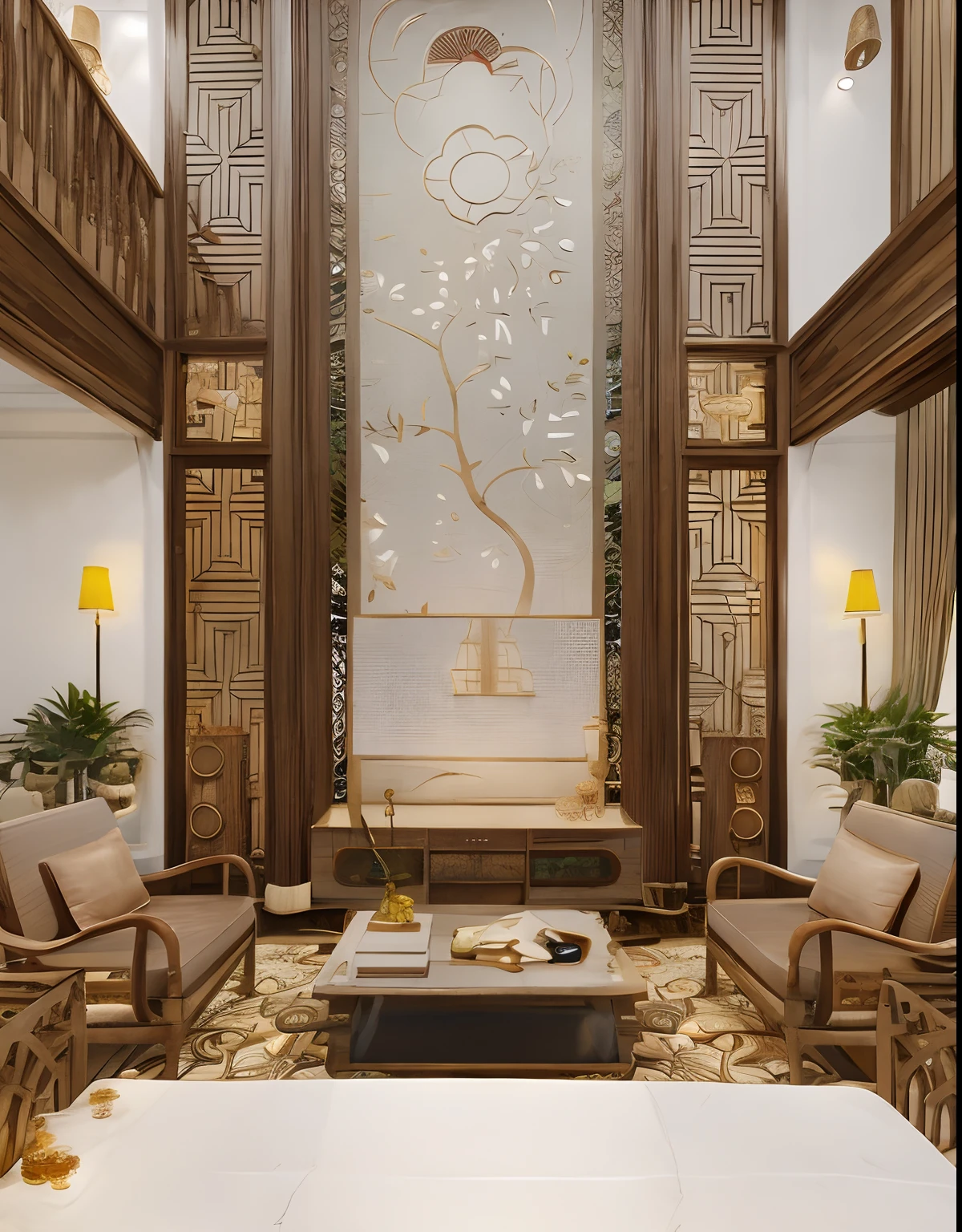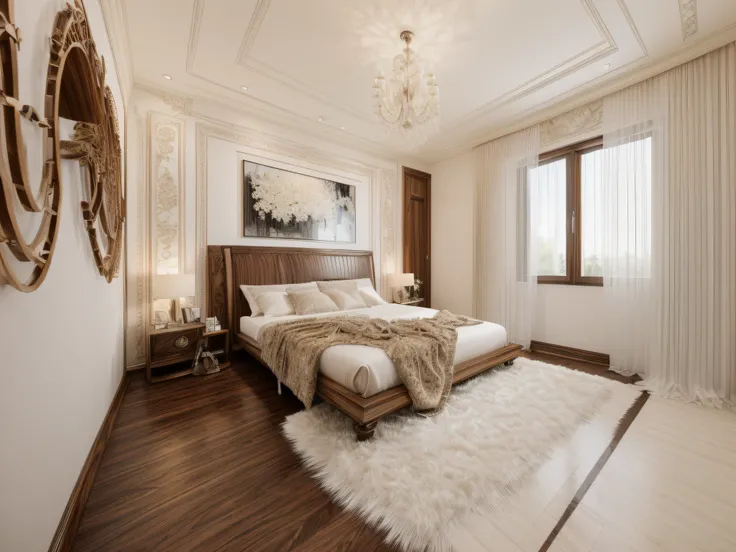A close up of a living room with a couch and a table


Sadece bizim tartışabileceğimiz konular var.
Indochine style, also known as Indochinese style, embodies a unique blend of cultural influences from Southeast Asia, particularly during the colonial era when the region was under French colonial rule. This aesthetic fuses elements of French elegance and sophistication with the rich textures, vibrant colors, and intricate designs characteristic of Southeast Asian cultures. The Indochine style often features a harmonious combination of traditional Asian motifs, such as ornate wood carvings, lacquerware, bamboo, and silk textiles, along with French colonial architectural details like shuttered windows, wrought iron balconies, and decorative moldings. The result is an ambiance that exudes a sense of exotic allure while maintaining an air of refinement. Color palettes in Indochine style tend to be a mix of muted and earthy tones inspired by nature, along with occasional pops of vivid hues drawn from traditional Asian art and craftsmanship. This interplay of colors reflects the serene landscapes of the region, from lush tropical forests to tranquil waterways. Furniture and decor in Indochine style often showcase a balance between opulence and simplicity. Dark, polished wood furniture with intricate carvings coexists with minimalistic furnishings, creating a juxtaposition that speaks to both luxury and functional sensibilities. Accessories play a vital role in Indochine interiors. From delicate silk cushions and intricately designed lanterns to pottery, ceramics, and intricate wall art, these elements contribute to the eclectic yet cohesive nature of the style. In essence, Indochine style is a captivating fusion of elegance and cultural diversity. It pays homage to the historical connections between French colonial influences and the indigenous aesthetics of Southeast Asia, resulting in interiors that are both visually stimulating and emotionally evocative.
Prompts
Copy
Indochine style, also known as Indochinese style, embodies a unique blend of cultural influences from Southeast Asia, particularly during the colonial era when the region was under French colonial rule. This aesthetic fuses elements of French elegance and sophistication with the rich textures, vibrant colors, and intricate designs characteristic of Southeast Asian cultures.
The Indochine style often features a harmonious combination of traditional Asian motifs, such as ornate wood carvings, lacquerware, bamboo, and silk textiles, along with French colonial architectural details like shuttered windows, wrought iron balconies, and decorative moldings. The result is an ambiance that exudes a sense of exotic allure while maintaining an air of refinement.
Color palettes in Indochine style tend to be a mix of muted and earthy tones inspired by nature, along with occasional pops of vivid hues drawn from traditional Asian art and craftsmanship. This interplay of colors reflects the serene landscapes of the region, from lush tropical forests to tranquil waterways.
Furniture and decor in Indochine style often showcase a balance between opulence and simplicity. Dark, polished wood furniture with intricate carvings coexists with minimalistic furnishings, creating a juxtaposition that speaks to both luxury and functional sensibilities.
Accessories play a vital role in Indochine interiors. From delicate silk cushions and intricately designed lanterns to pottery, ceramics, and intricate wall art, these elements contribute to the eclectic yet cohesive nature of the style.
In essence, Indochine style is a captivating fusion of elegance and cultural diversity. It pays homage to the historical connections between French colonial influences and the indigenous aesthetics of Southeast Asia, resulting in interiors that are both visually stimulating and emotionally evocative.
Toplam 0 yorum
0
6
0









